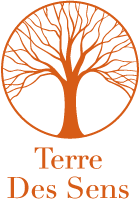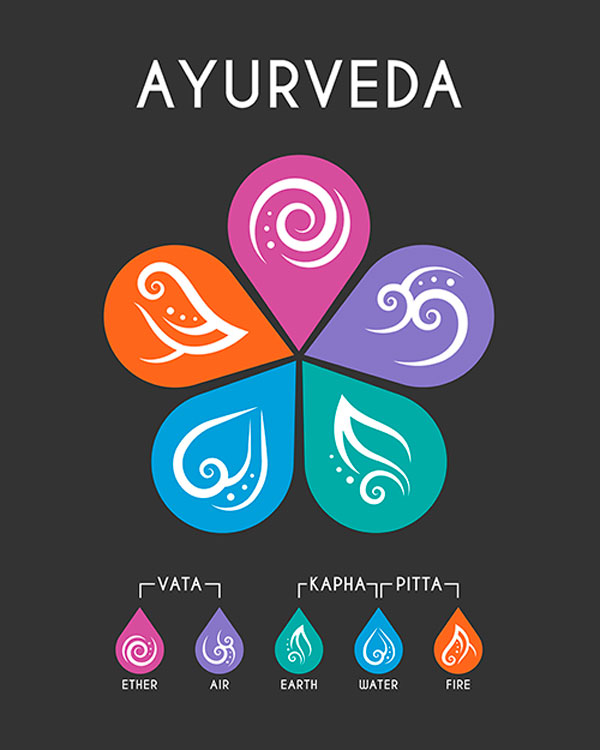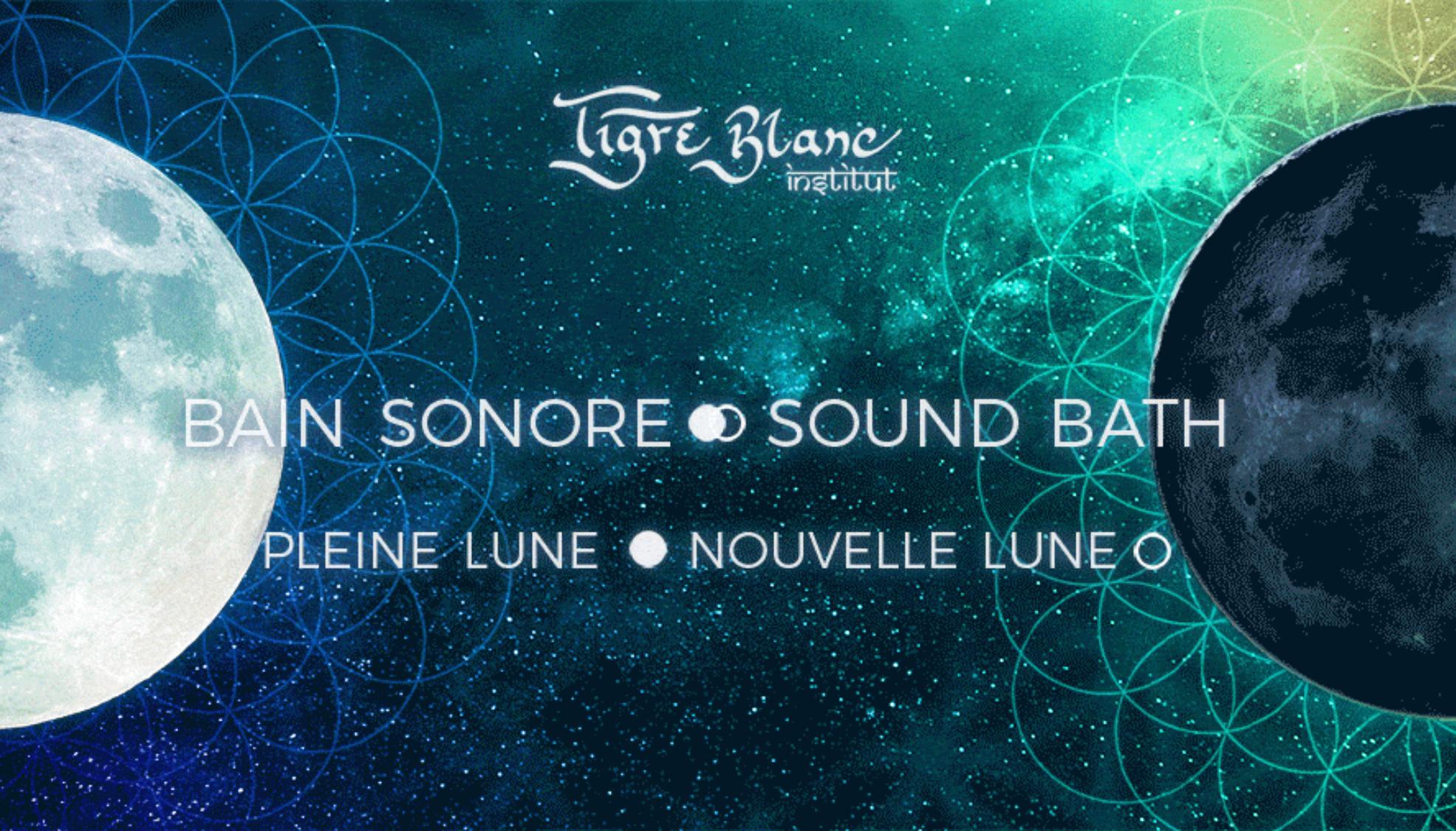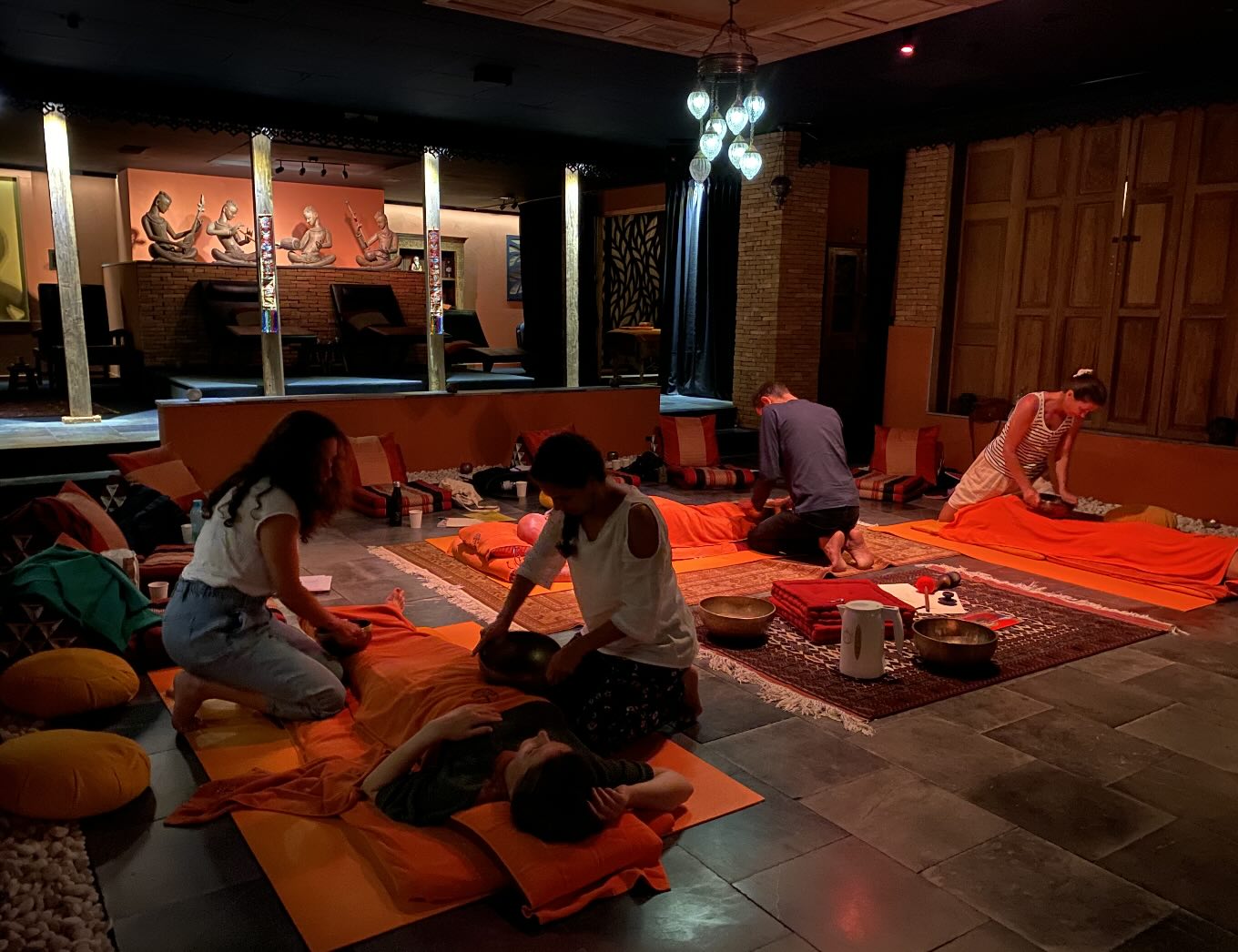Which Ayurvedic treatments to choose?
Ayurveda is a traditional Indian medicine that has been practiced for thousands of years, and was officially recognized by the World Health Organization (WHO) in 1982 as a complete system of traditional medicine. Advocating a holistic approach to the human being, taking into account his or her physical, psychic and spiritual state, Ayurveda helps to achieve well-being and serenity, by rebalancing the harmony of body and mind. In Geneva, there are a multitude of massage ayurvedic treatments, so how do you choose the one best suited to your needs? Before reviewing the different massage techniques on offer, let's take a brief look at the origins and principles of Ayurvedic massage.
The origins of Ayurvedic massage
Ayurvedic massage is an integral component of Ayurveda. Just like yoga, meditation or the use of natural products and plants, it is one of the many techniques on which this ancient Indian traditional medicine is based. It was already practiced in ancient India almost 5'000 years ago. From the Sanskrit terms ayur (life) and veda (science or knowledge), the term Ayurveda would thus mean "science of life". Much more than a means of maintaining good health, Ayurveda is still today a philosophy and an art of living intended to maintain the harmony of our entire body and mind on a daily basis. It is therefore a true holistic medicine based on therapeutic techniques that take into account the individual as a whole.
Known as one of the oldest teachings on health, disease and healing, the principles of Ayurveda are said to have their roots in the Vedas, a set of sacred texts (hymns) from the Vedic period of ancient India, dating back to the 2nd millennium BC. The Veda (Knowledge) is subdivided into four Vedas: the Rig-Veda, the Yajur-Veda, the Sama-Veda and the Atharva-Veda. Each of them consists of a collection of sacred hymns, mantras, descriptions of
rites and other practices that heal or maintain our body and mind in good health.
Ayurveda: an Indian tradition that promotes well-being and harmony
Thereafter, Ayurvedic literature developed around 6 Samhitas (treatises or collections), each bearing the name of their author and dealing mainly with the description, diagnosis and treatment of diseases, using medicinal plants, mineral or animal substances. Over time, and despite foreign influences, invasions or colonial prohibitions which made it fall into oblivion for several centuries, Ayurveda was able to be preserved in its great principles to be reaffirmed as early as 1947 with the independence of India and under the influence of Mahatma Gandhi. Today, the Indian tradition is arousing an ever-increasing interest in its holistic approach to well-being and harmony.
The principles of Ayurvedic massage
Like traditional Chinese medicine, Ayurveda takes into account each individual as a whole, with body and mind being closely linked. The principles of Ayurvedic massage are based on three objectives, the maintenance of health, the healing of diseases and harmony.
Ayurveda considers that the human being must seek the perfect balance between the three types of doshas (or biological humours), the combination of which is unique for each organism but where each individual possesses a dominant dosha, thus determining his strengths and weaknesses. These doshas are connected to the natural elements and are called Vata (air and ether; associated with the nervous and hormonal systems), Kapha (water and earth; regulating the fluids in the body) and Pitta (fire and water, associated with the digestive and enzymatic systems). These three doshas are not static and are constantly changing according to several factors such as the weather, mood, emotions, season or lifestyle. Ayurvedic massage aims to maintain or restore the balance between these three doshas, taking into account the dominant dosha of each individual, in order to provide both relaxation and energy for greater well-being in everyday life.
Harmonization of doshas and vital energy
Furthermore, Ayurveda considers that all life forms are animated by life force energies, called Prana. According to Indian tradition, prana circulates in the body through the nadi, a set of 72,000 energy channels. When the circulation of this energy is impeded, for example due to stress or poor hygiene, an imbalance is created and "knots" form, leading to health problems or muscle blockages. If the problem persists or if the blockage is close to the internal organs, it can restrict the supply of nutrients and the elimination of toxins, thus affecting the normal functioning of the organs.
Relying on the benefits of medicinal plants, oils (most often sesame) and other mineral or vegetable substances, and using pressure and other movements on certain areas of the body, massage ayurvedic treatments aim not only to harmonize the doshas, but also to restore the circulation of this vital energy. There are around ten different Ayurvedic treatments, each tailored to the individual's needs.
The different techniques of ayurvedic massage
Abhyanga massage (traditional ayurvedic massage)
Abhyanga is the most traditionally practiced ayurvedic massage in India. It is a wellness massage that takes place on the floor or on a massage table. Its aim is to relieve nervous tension, to evacuate stress and toxins by improving blood and lymphatic circulation. Abhyanga is also meant to be an energetic and toning massage that allows you to recharge your batteries. It all depends on your dominant dosha and your needs of the moment.
The first massage session will begin with an Ayurvedic assessment to determine what your dominant dosha is and what imbalances are present. Usually, the practitioner will examine your pulse, tongue, eyes and skin, and then ask you questions about your lifestyle habits. Then comes the actual massage: based on rubbing, pressing, tapping, rubbing or effleurage movements, the therapist will mainly use his hands, palms, elbows or forearms, alternating slow and fast movements, to give you a complete massage where all areas of the body are worked on. It also includes a massage of the scalp or toes, passing through the hands, palms and fingers, areas where many tensions often accumulate.
Abhyanga is made with a large amount of oil (usually sesame), heated to body temperature or kept at room temperature. Its use allows more fluid movements, to avoid skin irritation and above all to take advantage of its beneficial properties for the body and mind. The oil may be combined with other vegetable oils according to your constitution type (doshas) in order to best meet your needs.
Massage of the 7 postures: an in-depth abhyanga massage
The abhyanga massage can also be declined in the form of a "7 postures massage" which consists of a more in-depth abhyanga massage with changes of positions and different breathing movements that promote the circulation of energies in your body. The 7 postures most often adopted during this treatment, generally for 7 minutes each, are sitting, lying on your back, lying on your left side, lying on your stomach, lying on your right side, lying on your back and finally sitting as at the beginning of the massage. This massage, which acts more deeply, is recommended for people who have already received a traditional abhyanga massage.
Kansu bowl massage: beneficial effects on all organs
A true Indian foot reflexology, Kansu is a therapeutic massage of the soles of the feet through a Kansu bowl. Following the purest Indian Ayurvedic tradition, it is most often performed with ghee (clarified butter): With the help of the Kansu bowl, made of an alloy of 5 metals (including copper, zinc and bronze) the practitioner performs small, precise and regular circular movements, whose pressures and sounds offer a real moment of escape to the body and mind. Beyond providing a moment of deep relaxation, this foot reflex point massage produces beneficial effects on all the organs that need it by rebalancing the doshas and the energies circulating in the body.
This treatment is particularly recommended for people who need to rebalance the fire element present in excess and may therefore suffer from insomnia, stress or nervousness, backache or migraines.
Kizhi massage: pouches of herbs and medicinal oils
Kizhi massage is a typical treatment in the Kerala region of India. It is performed with pouches of herbs or herbal powder, heated and soaked in various medicinal oils. These cloth pouches are applied, by small pressures, on the areas to be treated, then a specific soft massage is given by the therapist using his hands, fingers or palms. Finally, the pouches will be applied again, with different intensities of pressure, on different parts of the body, focusing on the energy points.
Having a beneficial action during inflammations, osteoarthritis or muscular and articular pains, the Kizhi massage is advised to people suffering from back problems, articulations, arthritis or during accidents due to the practice of a sport. It also allows you to improve your mobility and flexibility.
Marma massage: stimulation of vital points
The marmas designate the 107 vital points of the human body. According to Ayurveda, massage and stimulation of these points would bring countless benefits to the body and mind. There are 6 categories of marmas: Mamsa Marma (located on the skin/muscles); Asthi Marma (on the bones); Snayu Marma (on the tendons); Dhamani Marma (on the nerves); Sandhi Marma (on the joints); Sira Marma (on the veins).
This gentle massage with warm oils, practiced all over your body, detoxifies the body and provides deep relaxation. In addition, it balances the nervous system, restores energy flow and stimulates or soothes your three doshas. It is effective against stress, anxiety, blockages and bring a real let go for more serenity in everyday life.
Shirodhara Massage: reduces stress, nervousness and anxiety
In Sanskrit shiro means "head" and dhara means "flow". This Ayurvedic treatment therefore consists of pouring a regular stream of warm medicinal oils on your forehead, especially in the area between your eyebrows. The mixture of ayurvedic oils will be composed according to your doshas, your state of health, your needs and your symptoms. Very effective to reduce stress, nervousness, anxiety as well as to fight against insomnia or irritability, Shirodhara provides a state of deep relaxation, rebalances the nervous system and soothes the mind.
Shastishali Pindsweda Massage: rebalances the doshas
Shastishali Pindsweda is an Ayurvedic massage using rice pudding. This massage provokes oleation, thanks to the fat of the milk, and sweating, due to the heat of the mixture present in the bags. The therapist applies them all over your body, focusing on the areas that are causing you discomfort. The Shastishali Pindsweda is particularly suitable for people with arthritis, joint problems, stiffness, aches and pains or chronic fatigue. It is also indicated to help rebalance the Vata (air) dosha.
Udwarthanam massage: eliminates toxins from the body
Udwarthanam is a therapeutic deep-tissue massage using a paste of powders, often chickpea flour combined with various spices, performed in the opposite direction to the hair on the body.
During the Udwarthanam massage, this paste is applied all over your body, then the therapist lets it dry. When the paste is dry, the therapist massages it slowly, making sure that his movements are directed towards the heart, to help your body eliminate toxins. Finally, the therapist applies herbal essential oils to complete the massage.
This massage is particularly appreciated by people with a dominant Kapha (fluid-regulating) dosha.
Ayurvedic Massages in Geneva
The benefits of massage ayurveda
- Harmonizes the 3 doshas
- Promotes better energy circulation
- Promotes letting go and relaxation
- Induces beneficial effects at the emotional and psychological level
- Reduces stress and fatigue
- Eliminates nervous and muscular tension
- Softens joints and improves posture
- Tones the body
- Improves blood and lymphatic and hormonal circulation
- Helps the body eliminate toxins
- Helps the digestive system maintain balance
- Strengthens the immune system






